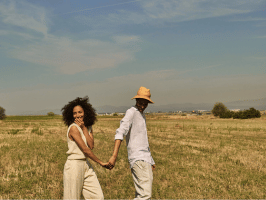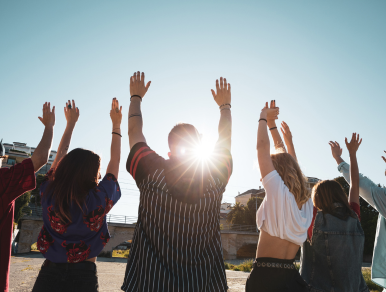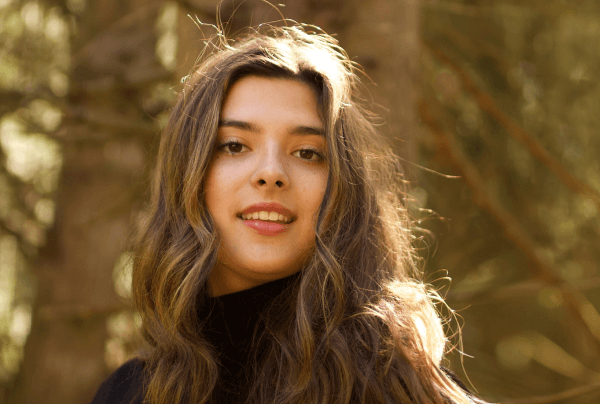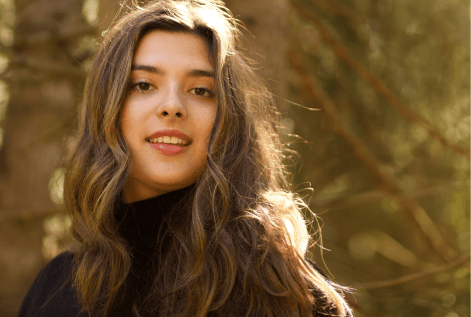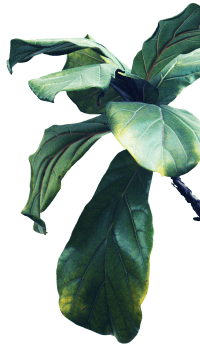The Storycoaster (video)

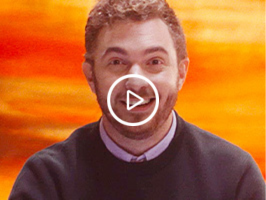
Welcome aboard the Storycoaster! In Story School Season 2, Episode 3, Wattpad Content Expert Harry talks us through how to keep readers on the edge of their seats with the power of GMCS and the Storycoaster technique.
What is the Storycoaster?
The easiest way to think about action, conflict, and tension in your story is to think about a rollercoaster. A rollercoaster builds up slowly to a peak, and then sends you rushing down from that peak (which is the fun part!). A rollercoaster doesn’t need to be hundreds of feet tall to be fun; it just needs to offer the rider ups and downs. The same is true of stories. Your story doesn’t need to be the most dramatic, it just needs to offer the reader rhythmic build up and release of tension and conflict.
Image description: An orange sine wave. There are 4 sections of black text along the first portion of the wave: “Before it Happens” with a large blue arrow moving up the wave, “It Happens” at the peak of the wave, “Consequences” with a large blue arrow moving down the wave, and “What Changed?” at the bottom of the wave.
At the peak of our rollercoaster, we have “It Happens.” But what is “it”? That sense of curiosity is how we want the reader to feel. What’s waiting at the top? What’s going to happen?
Climb: Before It Happens
This is the build up of the scene, where tension (negative, positive, or both!) rises. The action, the actual events happening in the scene, slowly rises in intensity.
Example:
Sammy splashed some water on his face in the bathroom. This was his last chance to tell her how he felt before she left, probably forever. He was stuck in this dead-end town and Tayla was heading to Princeton, where she’d find the perfect guy and they’d have a perfect wedding and live a perfect life together.
Sammy washed his hands, went to the kitchen, and saw her through the sliding glass doors, where the remnants of a “Congratulations Graduates!” banner hung on for dear life. She was outside, standing next to the pool, laughing with her friends. Her fingernails matched the bright red of the beer cup she was sipping from. A graduation cap had never looked better on anyone. Sammy chugged the last of his drink and marched outside.
Peak: It Happens
This is the thing the character wants or fears, the moment we’ve been building towards. Note that this builds from what came before. This isn’t a lighting strike coming down and hitting our rollercoaster car, it’s the height we knew was coming when the car started to climb. The peak changes things: that’s what makes it a peak, and not a point on a line.
Example:
As Sammy walked towards her, he grew more confident. This was Tayla; the girl who always laughed at his jokes in chemistry, who baked him cookies on his birthday, who was the last one to leave his mother’s funeral. Before Sammy knew it, he was standing right in front of her.
“Sammy!” Tayla squealed as she wrapped him in a warm embrace. “Where have you been?”
“Around,” said Sammy, before he mustered up the courage to say, “Hey, can I talk to you for a sec?”
“Of course.” Tayla immediately took his hand and marched him to a quiet corner of the backyard. “What’s up?
“I… I know that this is going to sound totally crazy, but I want you to know that I love you.”
“Aw, Sammy. I love you too.”
“No, Tayla. I’m in love with you.”
Plunge: Consequences
The change that happens in the Peak initiates a series of consequences. In a rollercoaster, this is the part where we speed down the hill and scream. In a story, this is where all the promises you made to the reader in the Climb come true.
Example:
The words felt incredible coming out of his mouth. It was so natural to tell her that he was in love with her. He could feel the smile growing wider and wider on his face. But then he looked at Tayla. She was not smiling. She was shocked, stunned. Her eyes darted down, searching for something. It felt like an eternity before she finally looked back up at him with a sad frustration. Sammy braced for impact, but her next words hit him like the world's biggest pickup truck.
“Why would you say that?”
“I’m sorry,” Sammy said. “I didn’t mean it. It was a joke. Let’s go back. Please.”
“I’m gonna go.”
And just like that, Tayla was gone. She found her way back to her friends, who went inside with her. He didn’t see her again that night. He wouldn’t see her for years.
Sammy was alone, again. Forever.
Valley: What Changed?
How did the consequences of the Peak change things for the character? What new desires or problems arise as a result of the Peak and the Plunge? Why did that Climb and Peak matter? In the Valley, we take a quick breather before the next Climb.
Example:
Sammy left the party without saying goodbye to anyone. When he got home, his dad was passed out on the couch. Sammy tip-toed upstairs, closed the door to his room, and started to cry.
He missed Tayla already. He knew things would never be the same. She might never talk to him again. He couldn’t bear the thought of staying in this garbage town without her. She was never coming back, not for him at least.
Then it dawned on him: if she was never coming back, why should he stick around?
Sammy had exactly $372.68 in the bank. That had to be enough for a one-way ticket somewhere. Somewhere far away from here.
Every scene should have a Climb, Peak, Plunge, and Valley to make your story as Engaging as possible
Tying it All Together
In the Storycoaster, the action is made up of the events of the story, the tension is the Climb, and the Conflict is the track the Storycoaster runs on. The Conflict can change; as long as your story has conflict, it’s “on track.”
Image description: The previous labeled orange wave with additional arrows. The orange wave itself is labeled “Conflict is the track the Storycoaster runs on.” The upward slope of the wave is labeled “This part is tension.” A bracket encompasses the whole image and has the label “This whole thing is action.”










